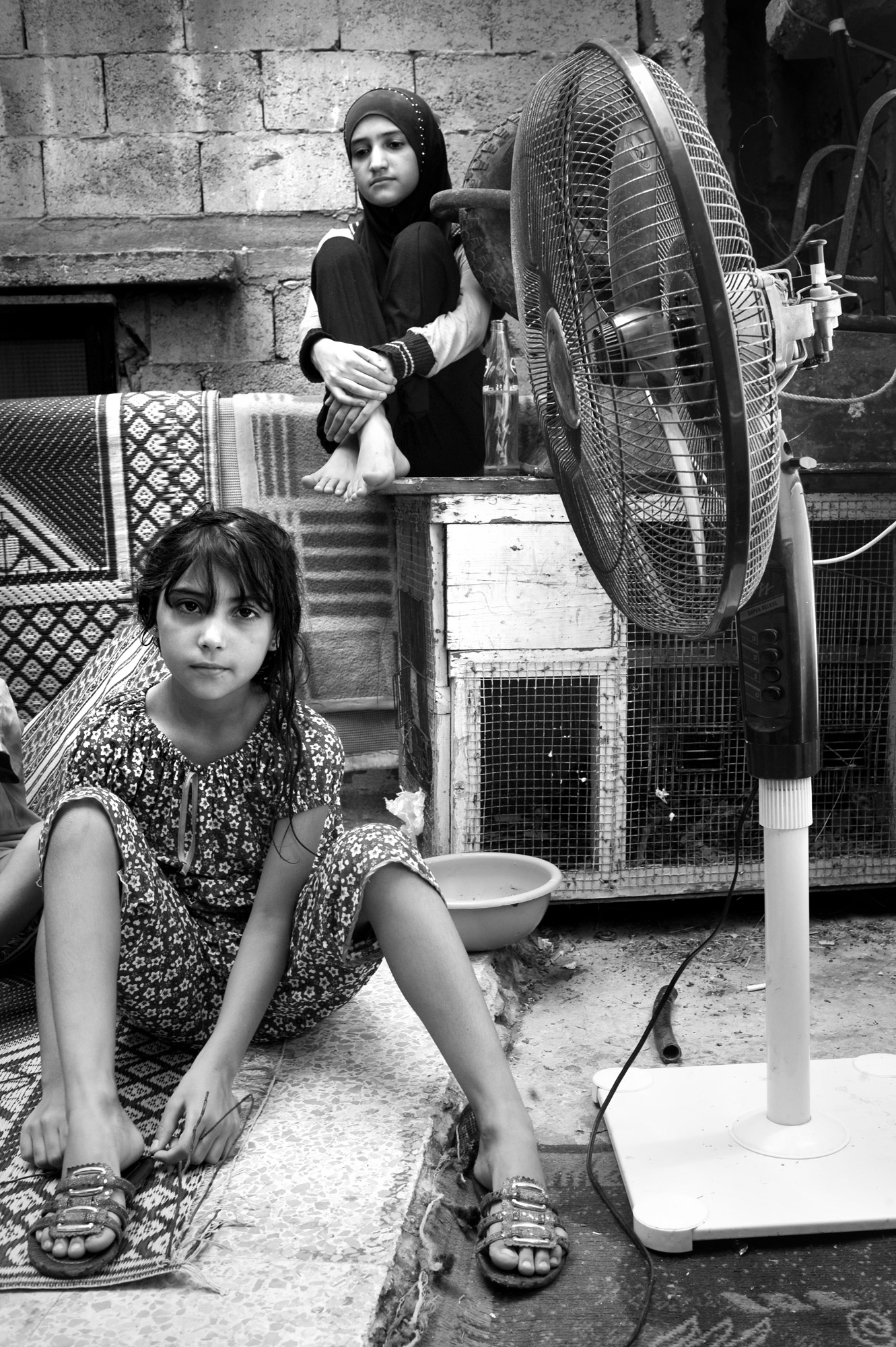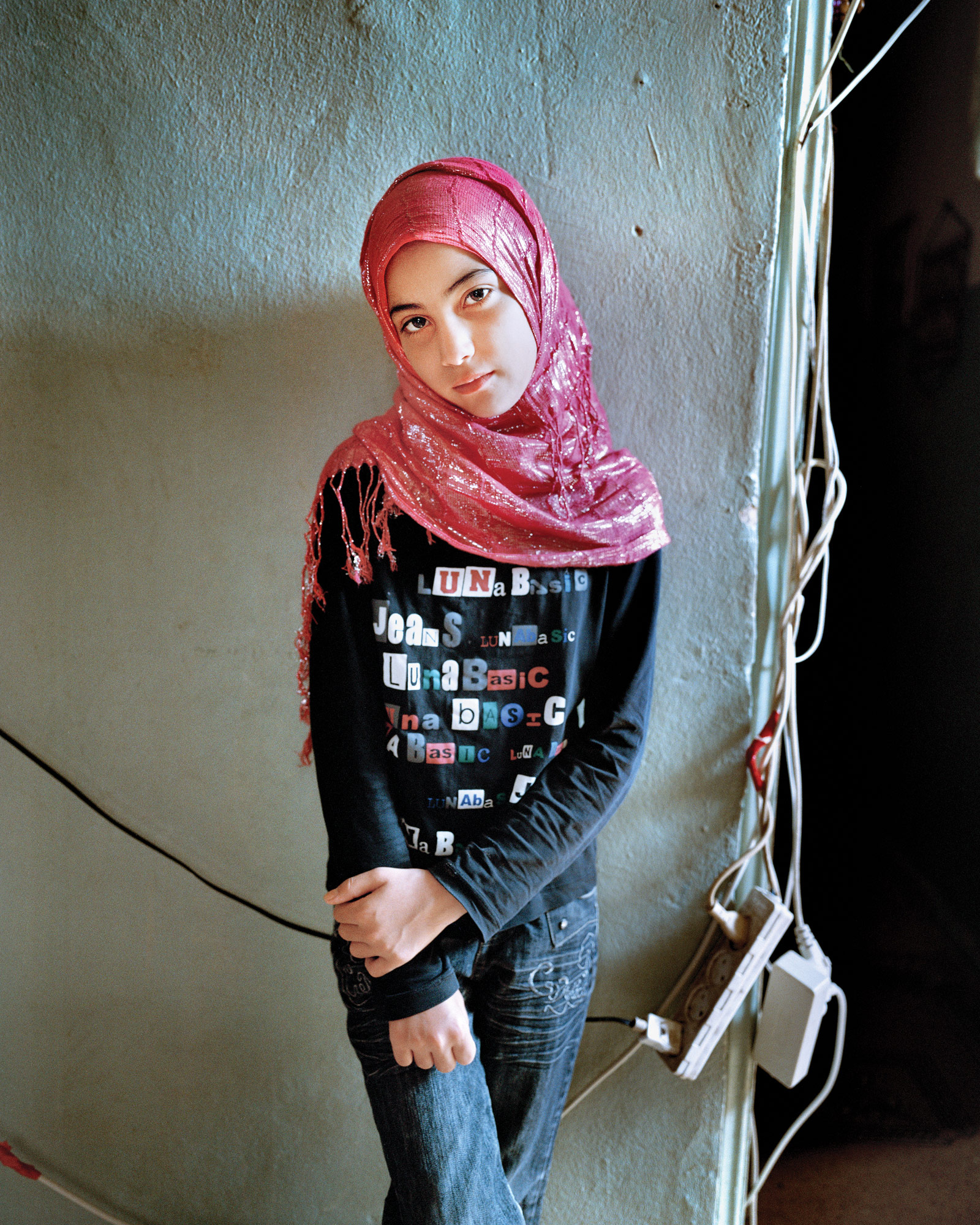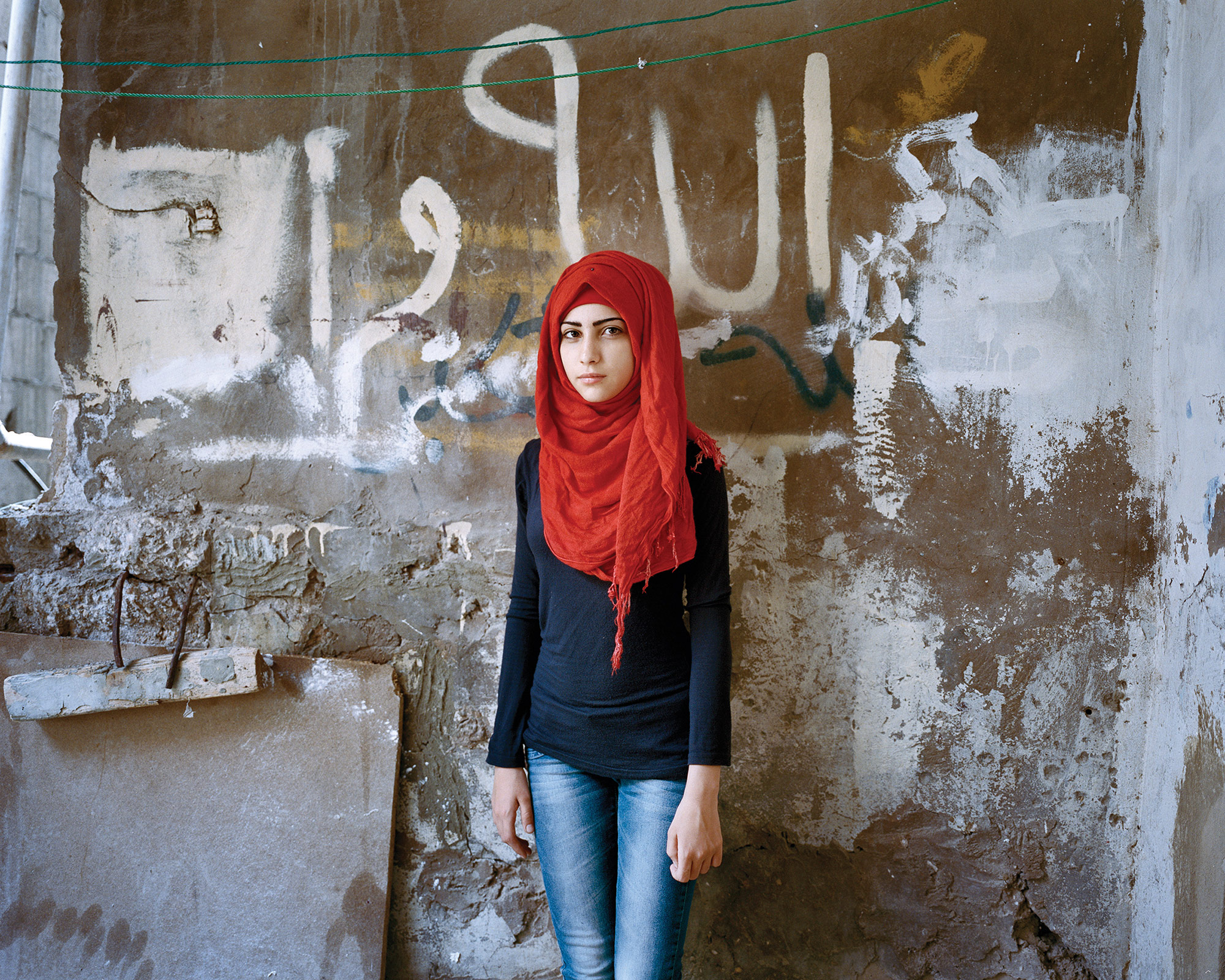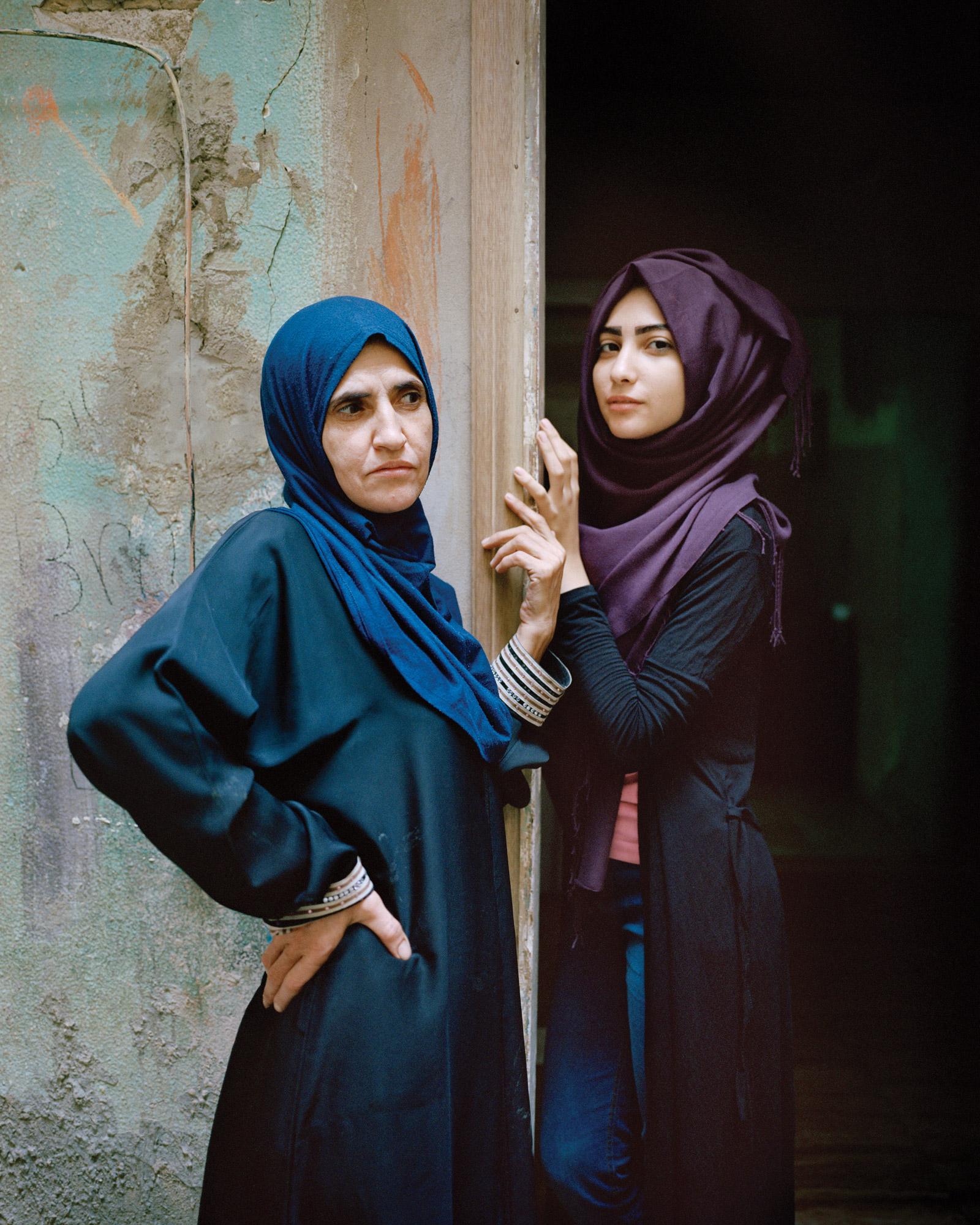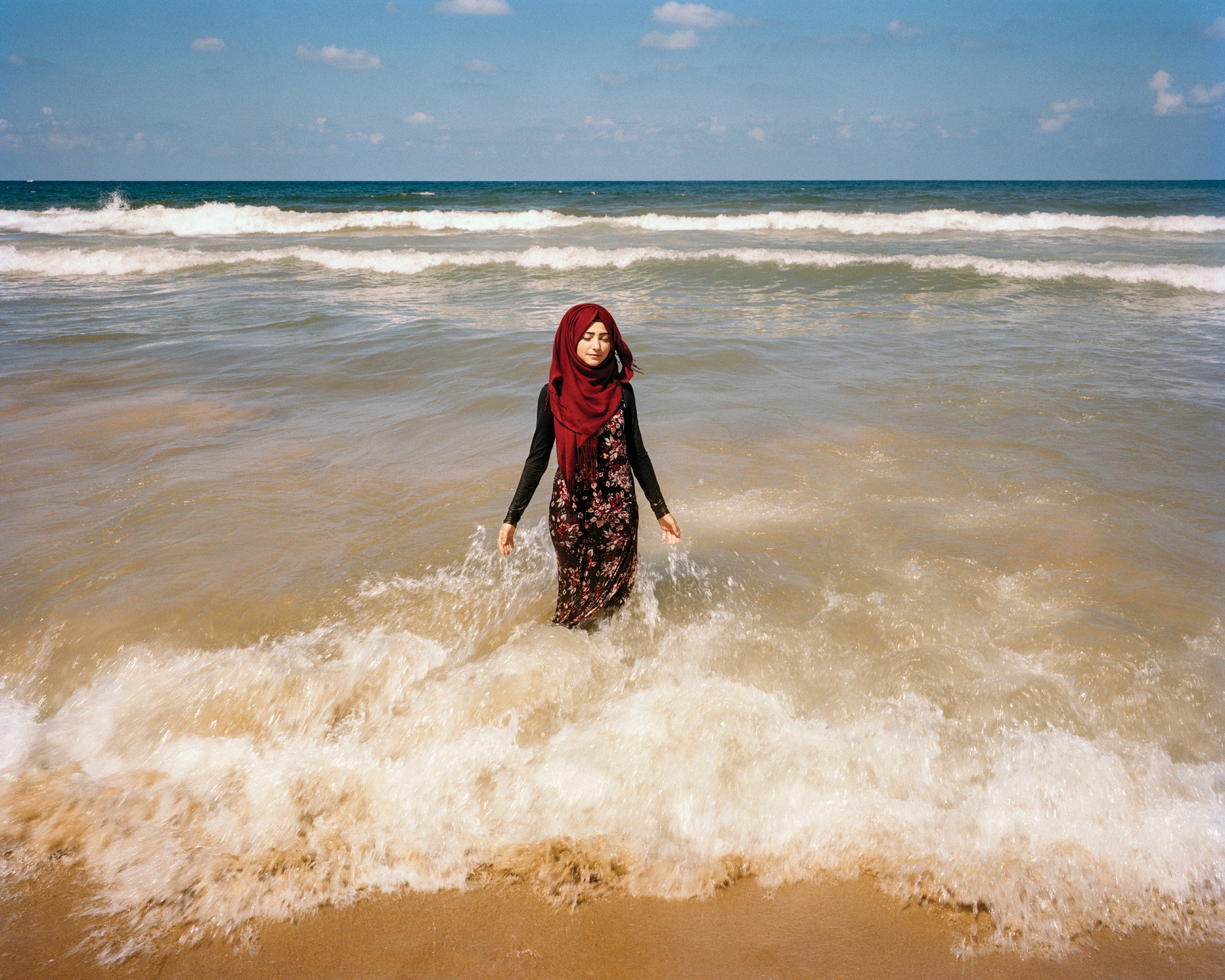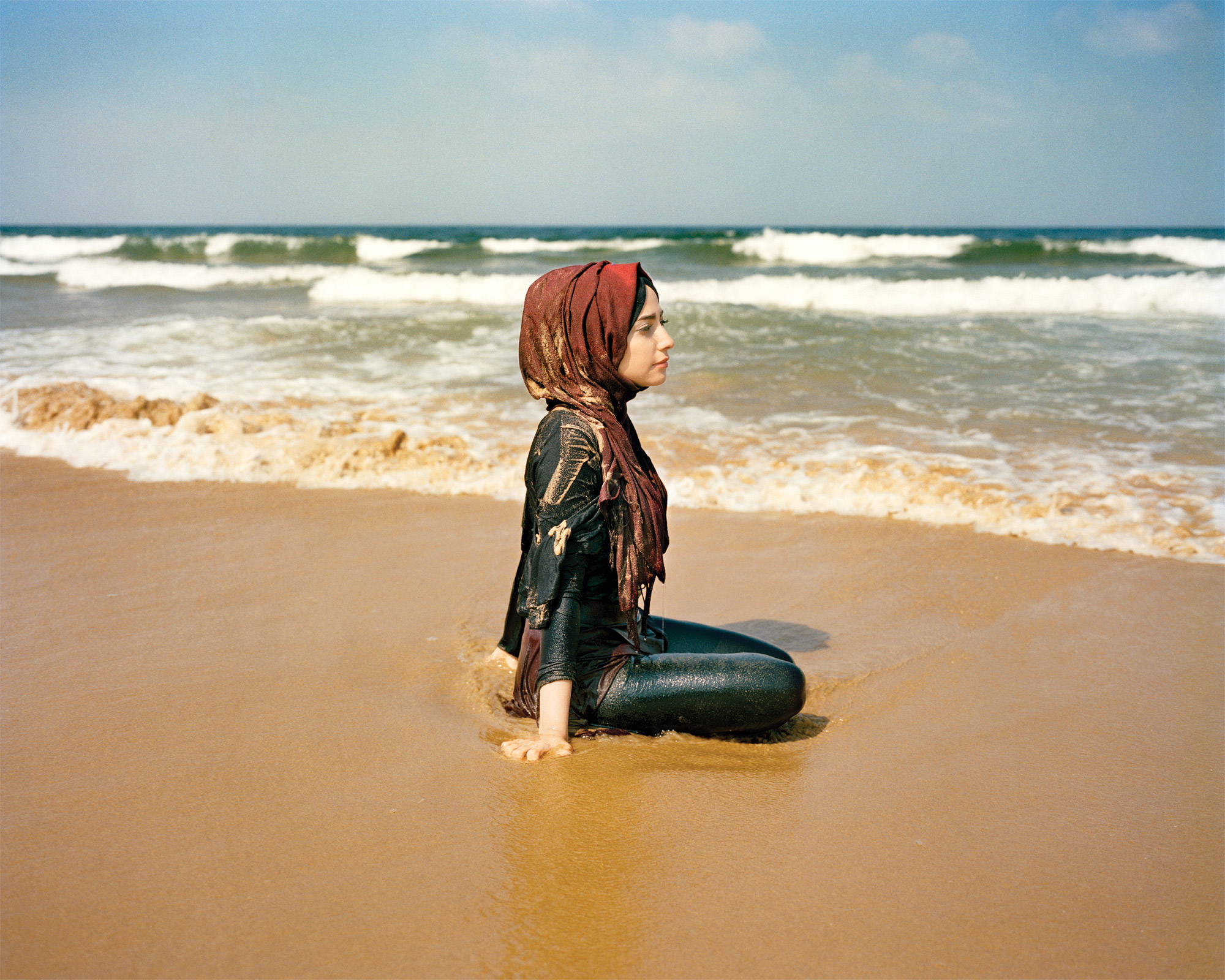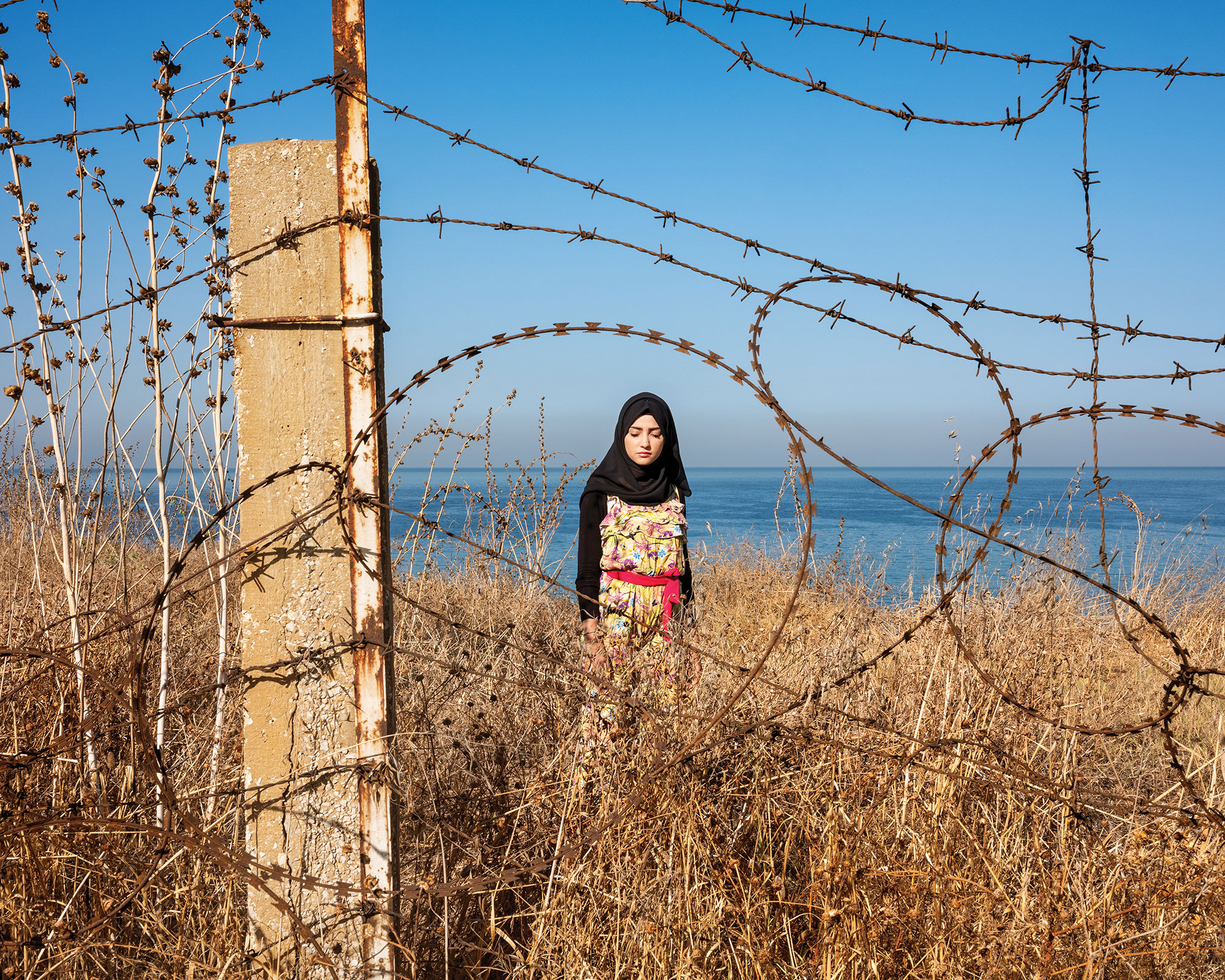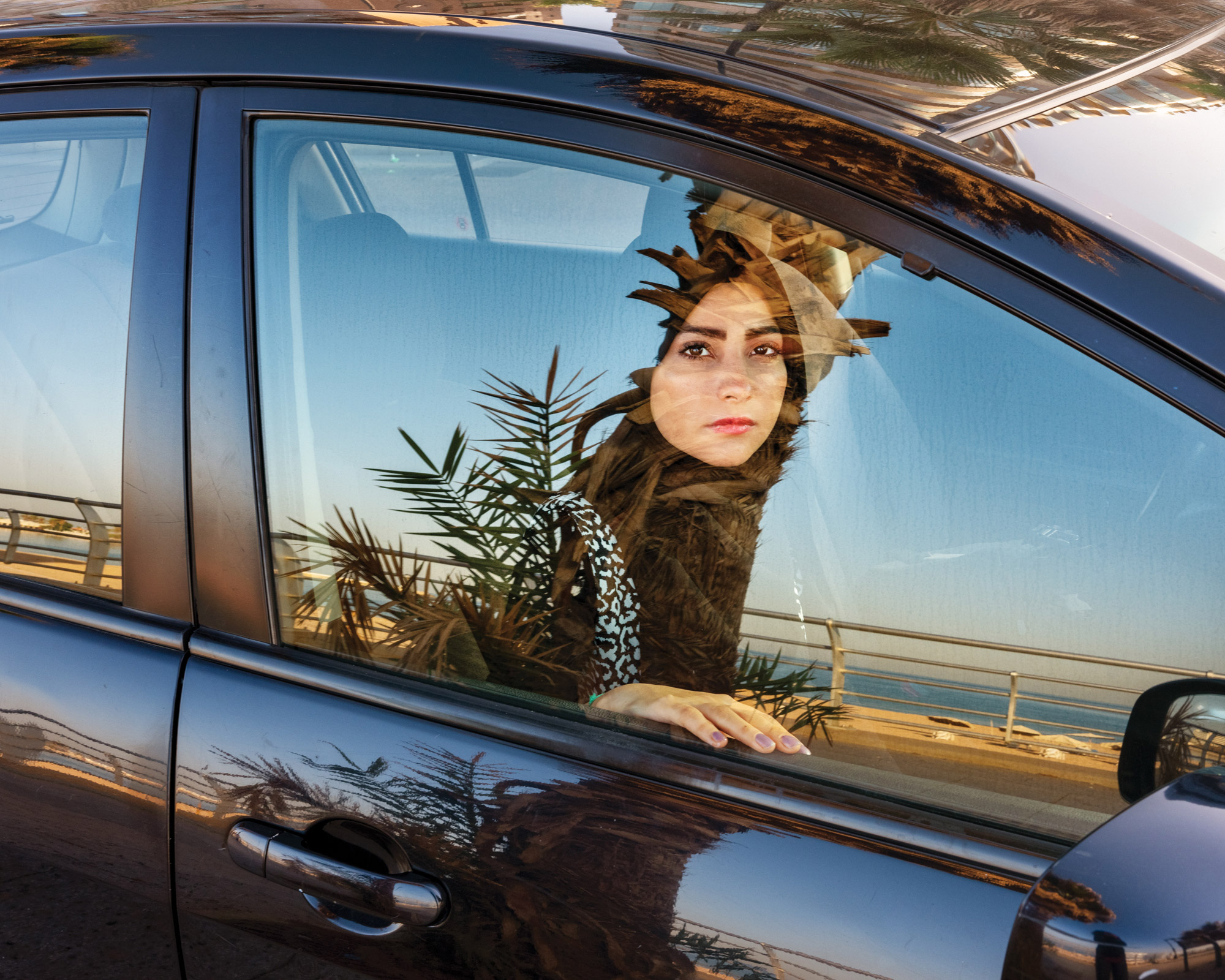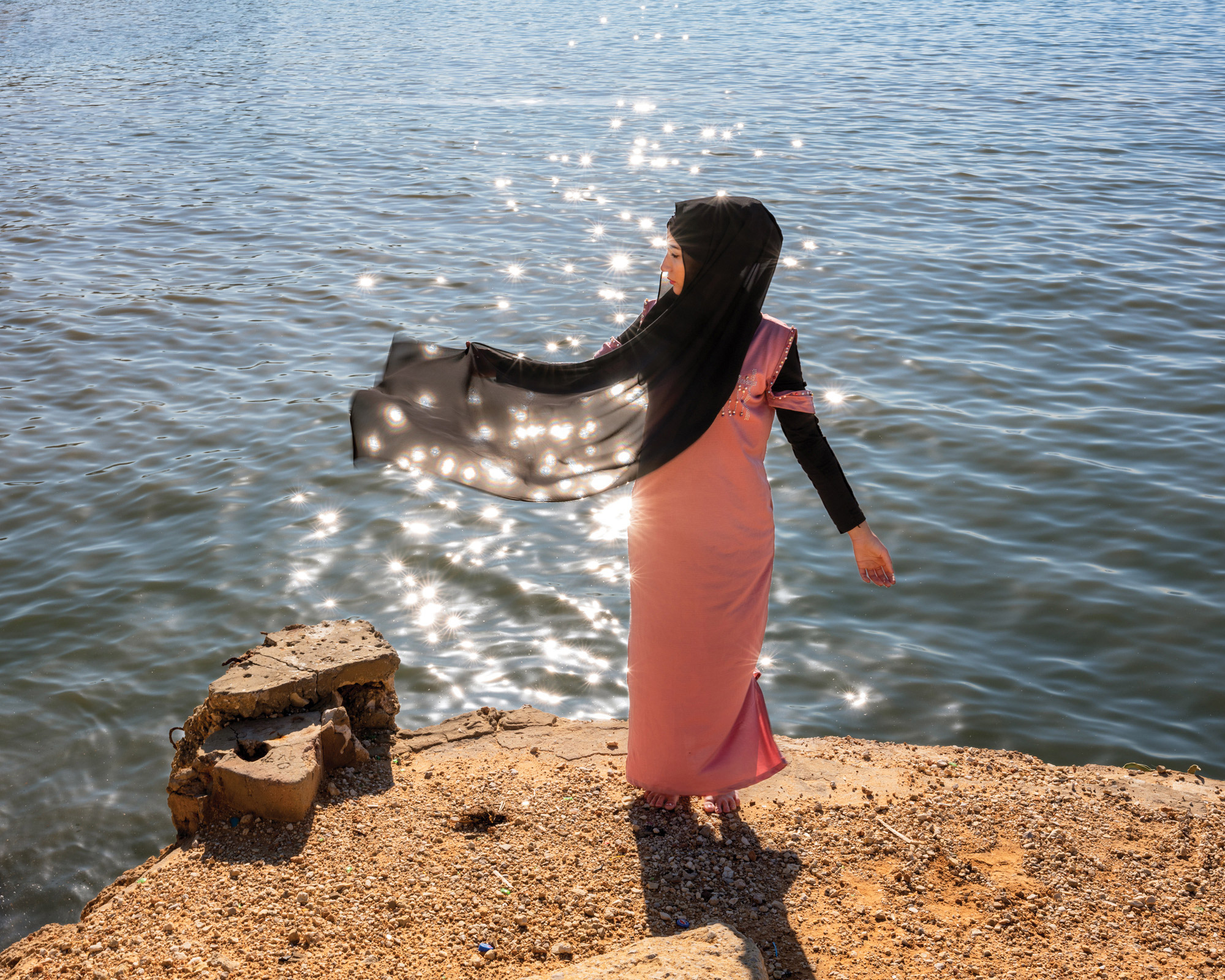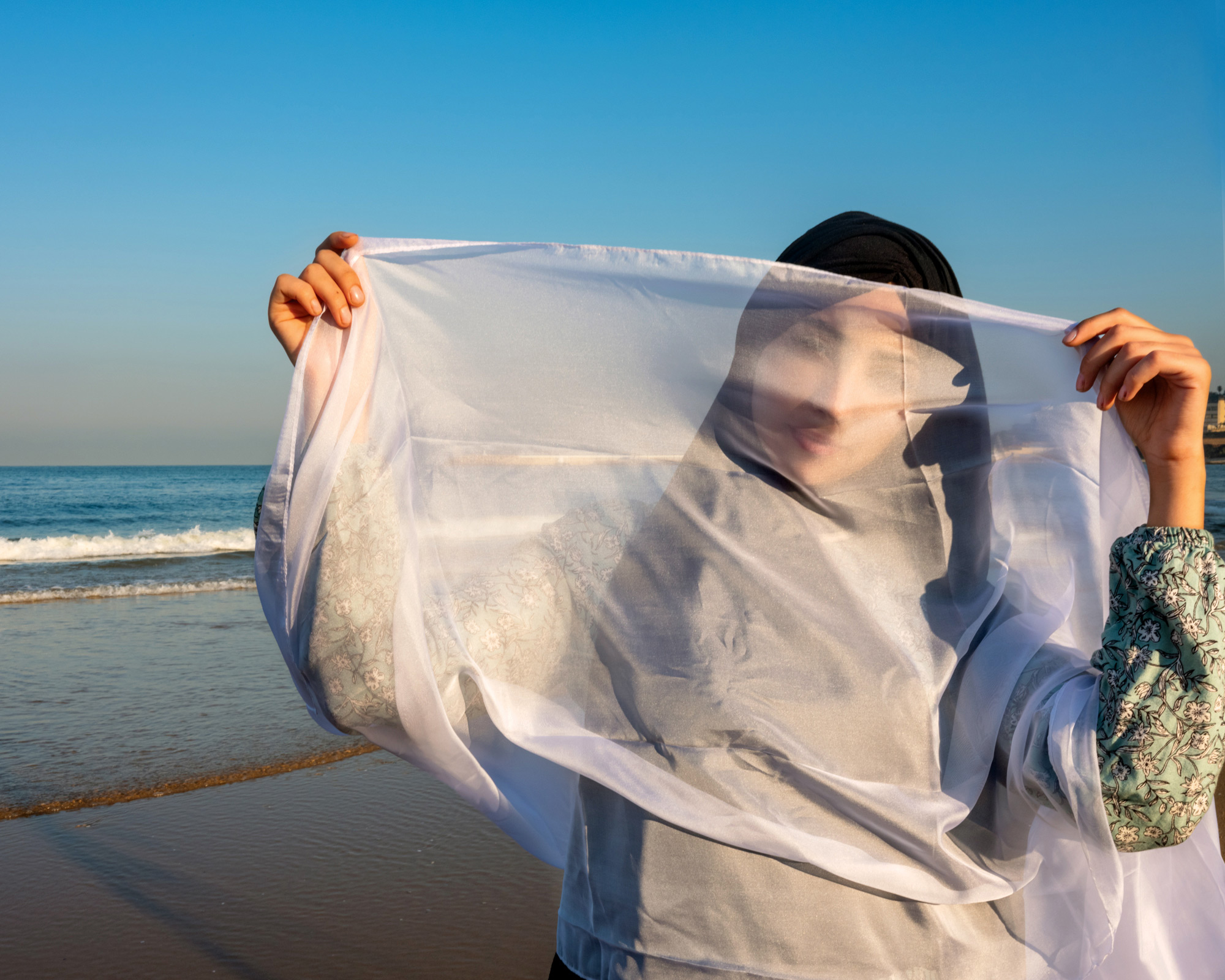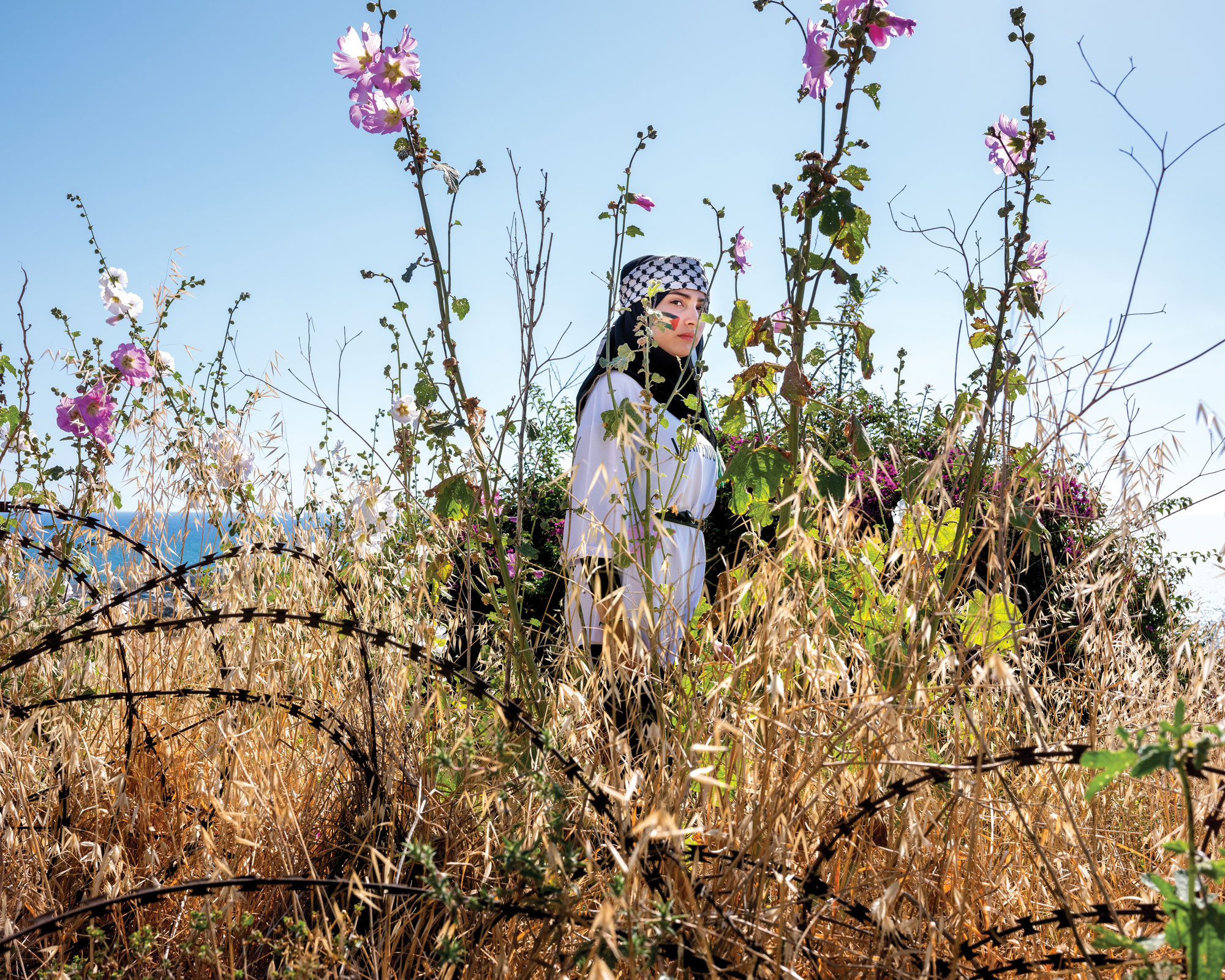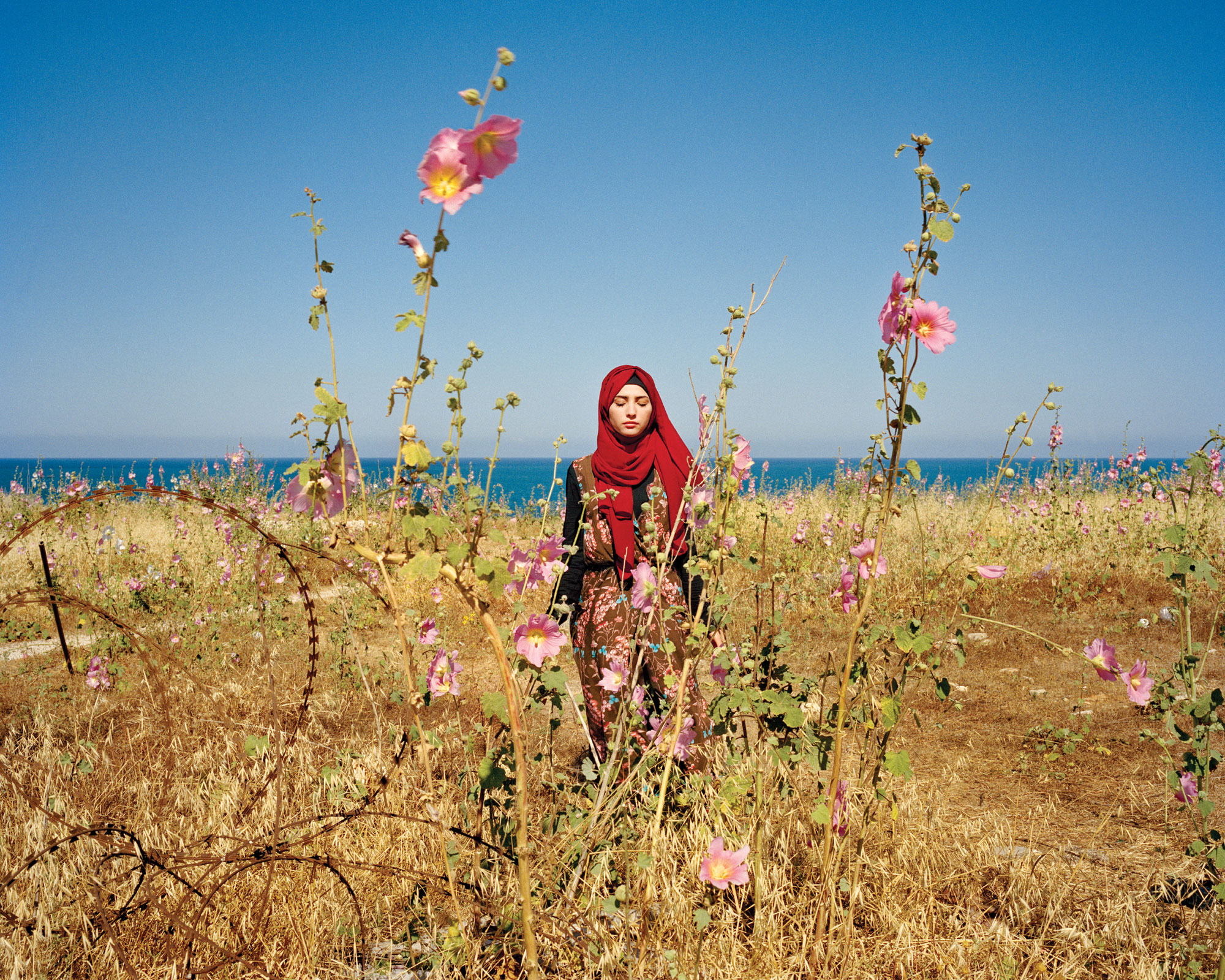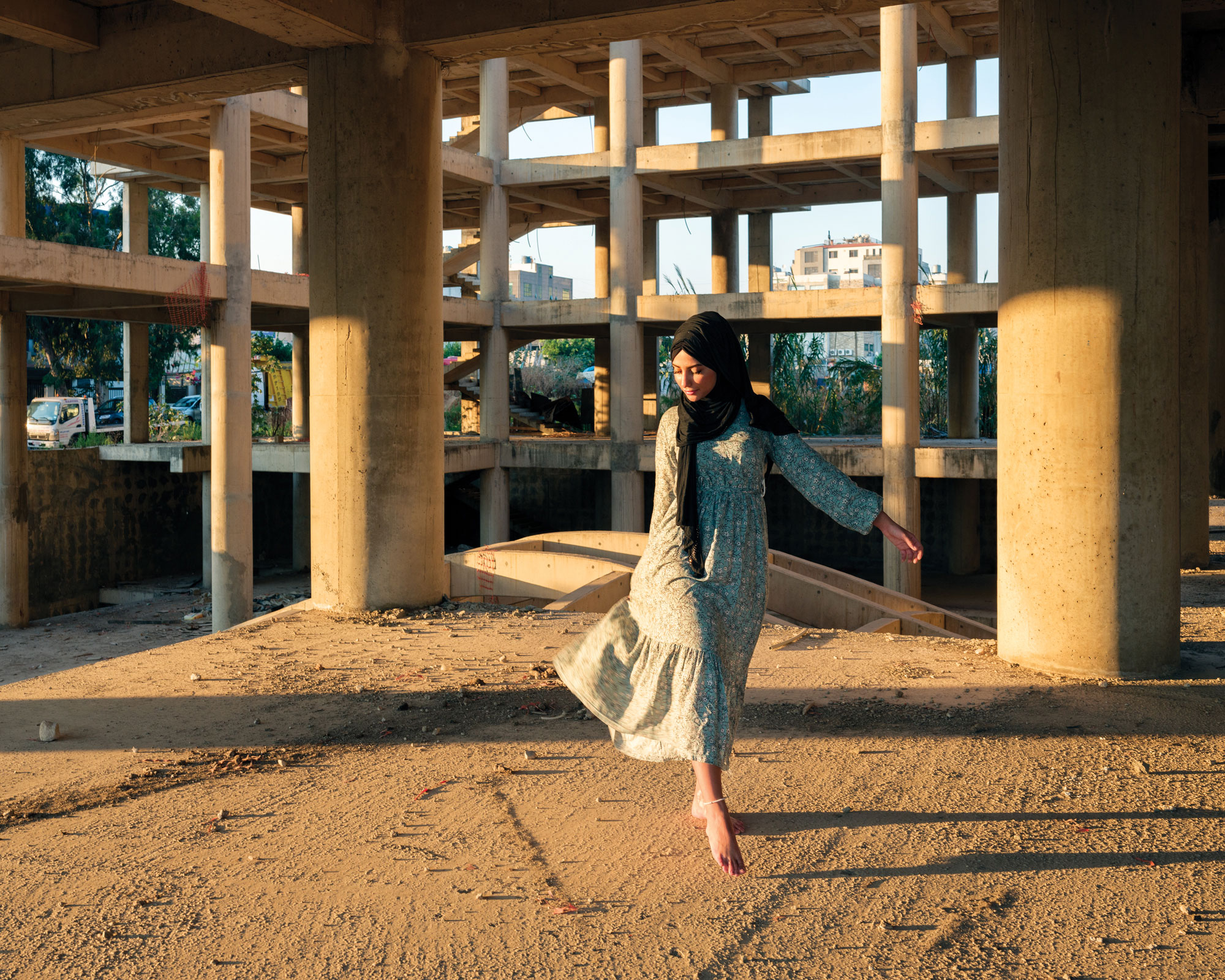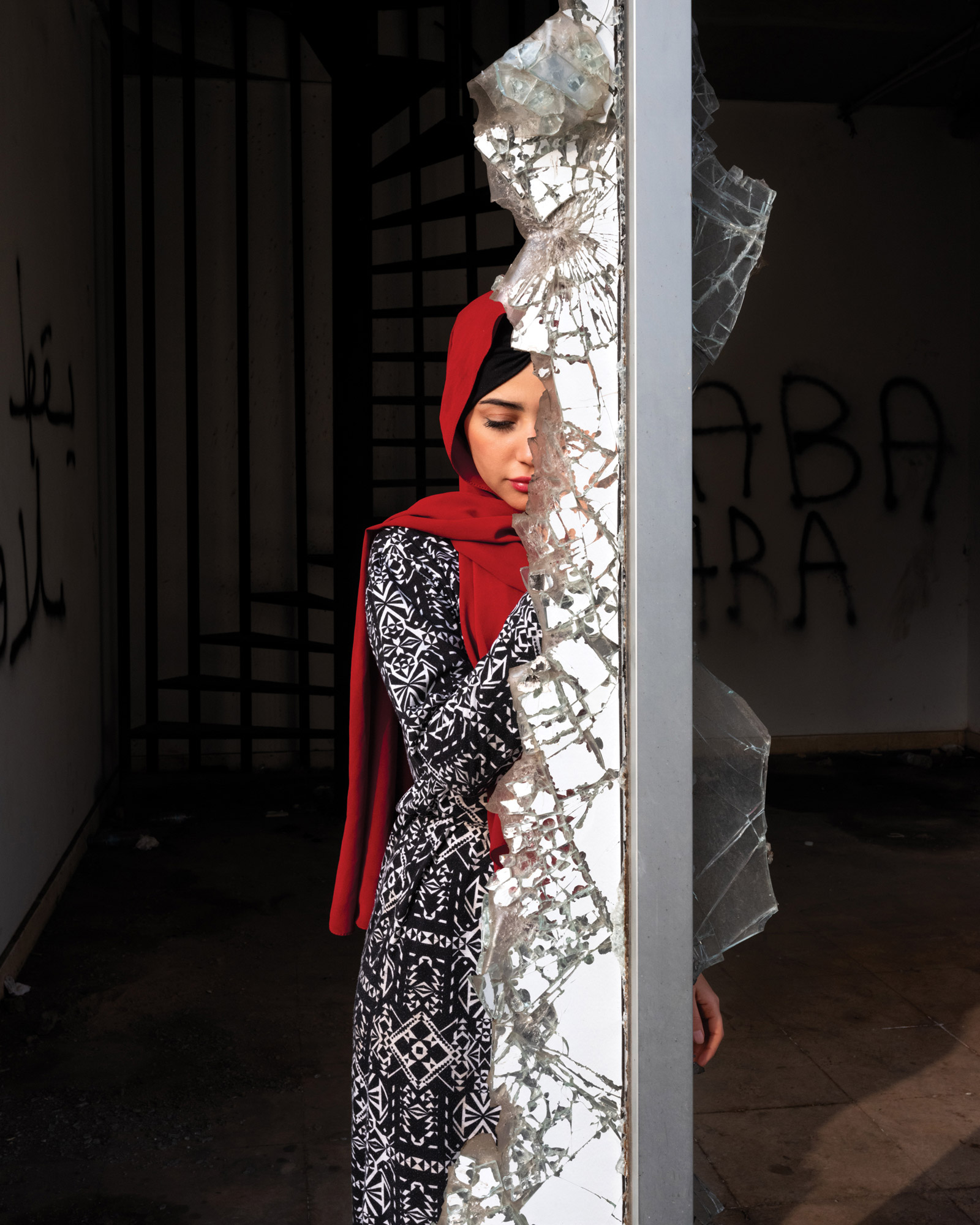Samira
Samira
Project Statement
I met Samira in 2005 when she was 5 years old. She lives with her family in the Palestinian Refugee Camp of Bourj El-Barajneh.
Samira is a third-generation Palestinian refugee. Her grandparents flew to Lebanon from Palestine during the 1948 Nakba and were never able to go back to their homes. Her parents were born and raised in refugee camps, eventually getting married and settling in Bourj El-Barajneh Camp at the outskirts of Beirut, where Samira was born years later. The camps are not integrated in Lebanese life and depend on UNRWA (United Nations Relief and Works Agency) for assistance, health, education, and more. As contingent residents of the country, Samira and her family have experienced numerous hardships, and barriers to her and her siblings’ education and well-being. Despite the conditions they live in, they have always welcomed me with open arms, hospitality, warmth, and love, and I have become attached to them, and especially Samira over the years.
I fell in love with the little girl she was at 5 and developed a very special relationship with her over the years. I visit her on every one of my trips to Lebanon. What had started as a documentary project about women and children in the refugee camps turned into an organic collaboration with Samira over the years as she was growing up and turning into a beautiful young woman. We collaborate and make pictures at every one of my visits. While we used to stay in the refugee camp, in recent years we started venturing out and going on adventures outside the camp. Her self-possession, resilience, and kind personality have been an inspiration to me for the past 19 years.
The caged bird sings
with a fearful trill
of things unknown
but longed for still
and his tune is heard
on the distant hill
for the caged bird
sings of freedom.
– Maya Angelou
Just Kids Exhibition, Minneapolis Institute of Art, 2020




